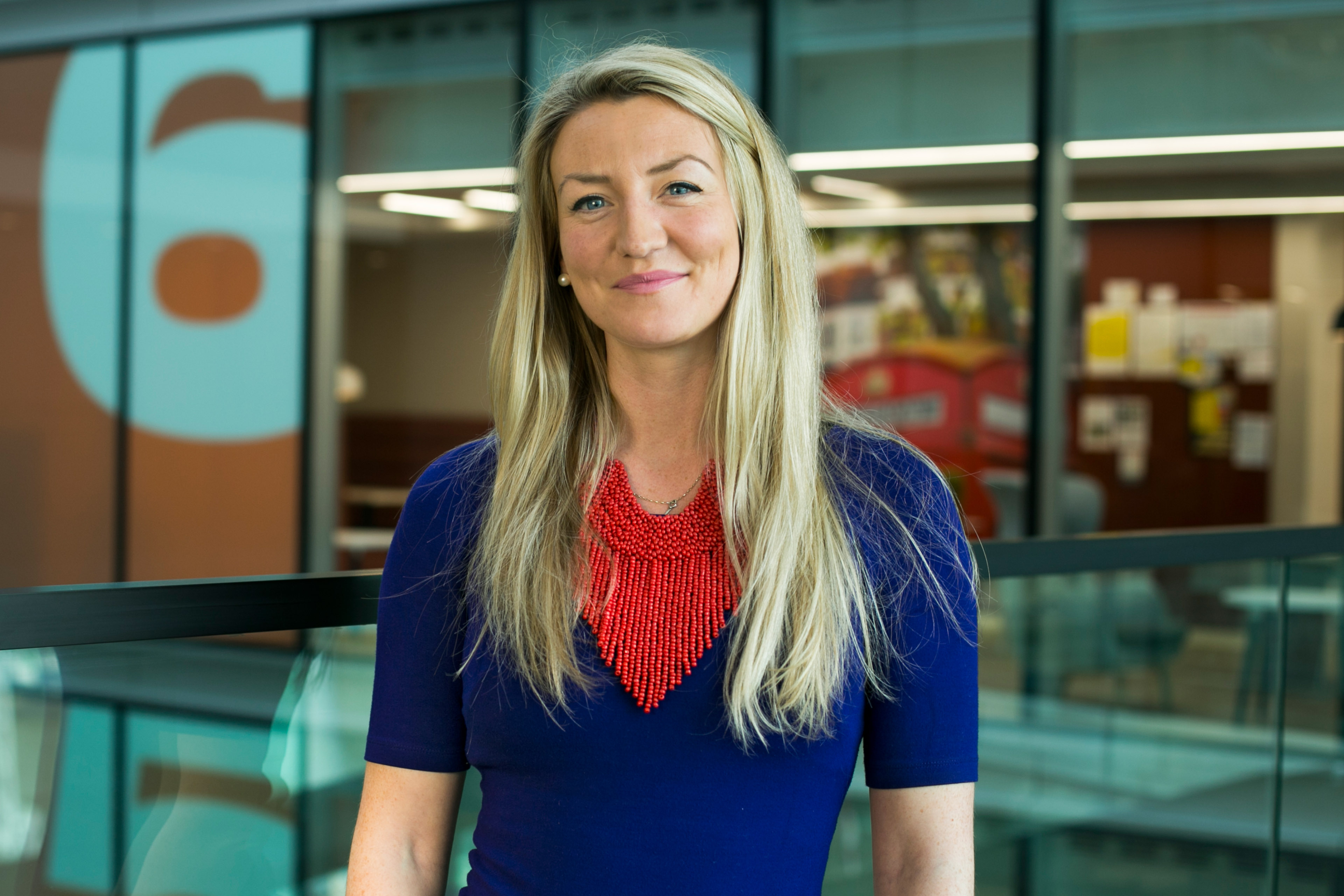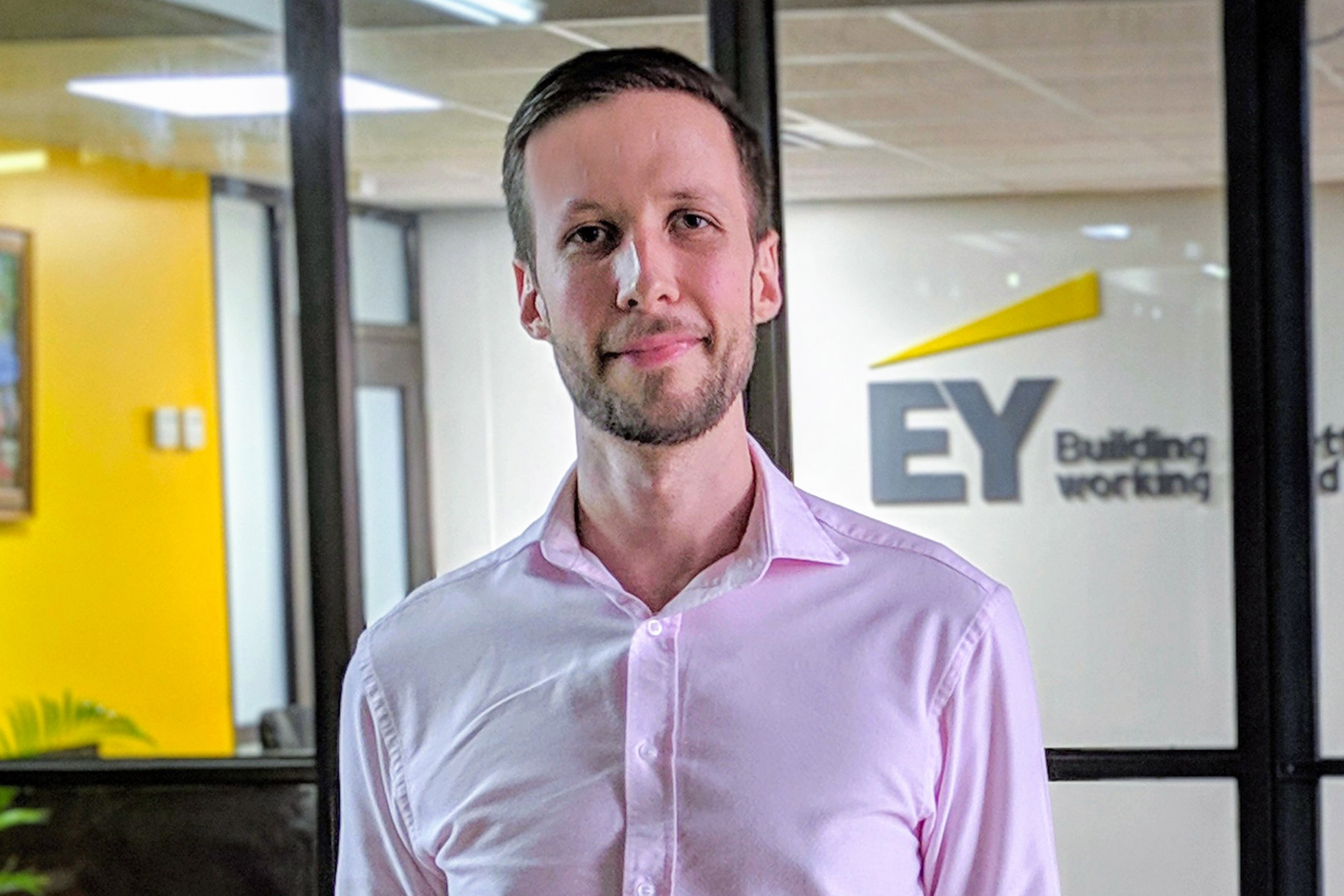EY refers to the global organization, and may refer to one or more, of the member firms of Ernst & Young Global Limited, each of which is a separate legal entity. Ernst & Young Global Limited, a UK company limited by guarantee, does not provide services to clients.
How EY can help
-
Our Strategy Consulting teams help CEOs achieve maximum value for stakeholders by designing strategies that improve profitability and long-term value.
Read more
Using IROC to blend perspectives and create a balanced scorecard is but one of seven insights distilled from EY’s award-nominated analysis of the business model dynamics of several of the world’s leading SWEs across India, Africa and Latin America.
Consolidated in How can a trickle become a torrent? (pdf) — a joint report with Unilever, launched at World Water Week in Stockholm last August — these insights help illuminate a path to SWEs serving hundreds of millions of people and dramatically accelerating progress toward the goal of equitable access to safe drinking water for all.
Scale is critical
As well as highlighting the need for investors who are prepared to take a more balanced view of SWEs’ potential to generate returns, the report also illustrates the criticality of scale to achieving true sustainability; and how scale, in turn, depends on finding the best “fit” to a particular blend of market conditions.
For example, while RO may be the “gold standard” for water purification, what people can afford to pay for water automatically rules it out as a scalable, sustainable option in certain parts of the world. It may even be unnecessary in locations where making water potable only requires removal of biological pathogens. Taken together, these insights feed advice that SWEs should take care not to overengineer their business models.
With this and other powerful and practical tips, EY and Unilever hope to advance investors’ understanding of, and confidence in, the SWE sector: to illustrate more viable paths to scale; to stimulate greater investment; and to direct further capacity-building support behind high-potential SWEs.
The ones whose businesses form the basis of our report are already serving more than 15m people. It’s our shared belief that we’ve barely scratched the surface of what these — and others like them — could achieve. With the right focus and support, they have the potential to bring bring safe, affordable water within reach of millions more people living at the base of the pyramid.








